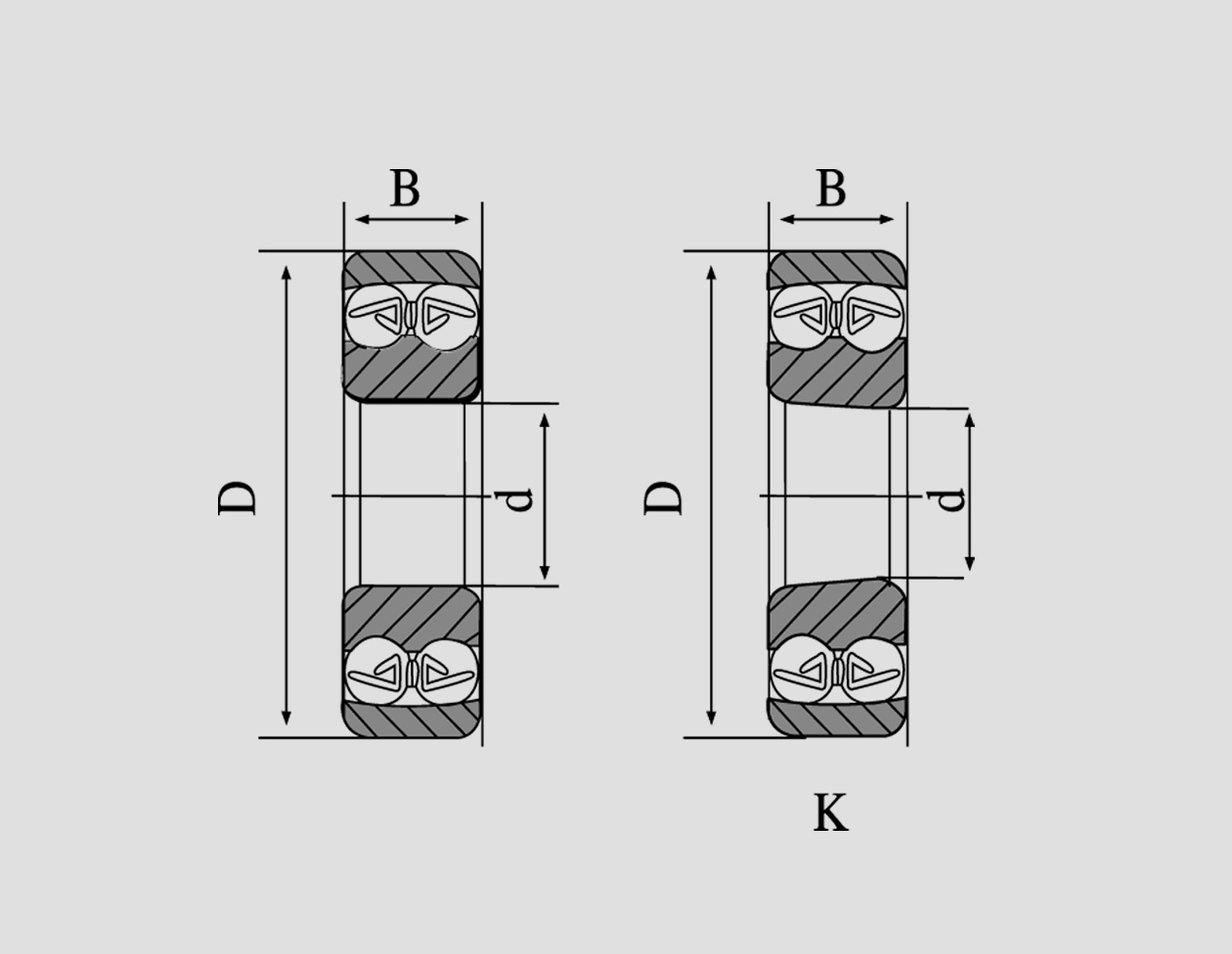
Nov . 05, 2024 22:49 Back to list
High Temperature Performance of Deep Groove Ball Bearings for Enhanced Durability and Reliability
High-Temperature Deep Groove Ball Bearings An Overview
In industrial applications, bearings play a crucial role in ensuring the efficient operation of machinery. Among various types of bearings, deep groove ball bearings are widely used due to their simplicity, versatility, and ability to support both radial and axial loads. However, in high-temperature environments, the performance and longevity of these bearings can be significantly challenged. This article explores the characteristics, applications, and advantages of high-temperature deep groove ball bearings.
Understanding Deep Groove Ball Bearings
Deep groove ball bearings are designed with a raceway that is shaped in a way that allows for both radial and axial loads to be accommodated, making them ideal for a variety of applications. They consist of an inner race, an outer race, balls, and, typically, a cage to keep the balls evenly spaced. Their design allows for high-speed operation and low friction, making them popular in automotive, aerospace, and industrial machinery.
Challenges in High-Temperature Environments
When bearings operate at elevated temperatures, several challenges arise. The lubrication system can degrade, leading to increased friction and wear. Additionally, thermal expansion can alter the alignment of the bearing components, further impacting performance. Standard deep groove ball bearings may not withstand these conditions, which can lead to premature failure.
High-Temperature Materials and Lubricants
To address the challenges of high-temperature applications, high-temperature deep groove ball bearings are engineered using specialized materials and lubricants. Typically, these bearings are constructed from materials such as high-temperature stainless steels or ceramics, which maintain their mechanical properties even at elevated temperatures. For instance, ceramics are known for their heat resistance and low thermal expansion, making them an excellent choice for extreme conditions.
Moreover, the choice of lubricant is critical. Standard greases and oils may not endure high temperatures, leading to breakdown and loss of lubrication. Instead, high-temperature lubricants that can withstand elevated conditions without thinning or evaporating are used. These lubricants often have higher viscosity and are specifically formulated to resist oxidation, ensuring a stable performance over time.
Applications of High-Temperature Deep Groove Ball Bearings
high temperature deep groove ball bearing

High-temperature deep groove ball bearings are employed in various applications requiring reliable operation in extreme conditions. Industries such as power generation, steel manufacturing, and oil and gas extraction often face high-temperature environments. For example, bearings in steam turbines, furnace equipment, and high-speed machinery must be able to endure not only high temperatures but also the shock and vibrations associated with their operation.
Another application is in the automotive industry, particularly in vehicles equipped with turbochargers or high-performance engines where temperatures can quickly rise. In such cases, high-temperature bearings ensure smooth operation and longevity, contributing to overall vehicle performance.
Advantages of High-Temperature Deep Groove Ball Bearings
1. Increased Longevity The use of specialized materials and lubricants enhances the lifespan of bearings in high-temperature applications, reducing maintenance and replacement costs.
2. Consistent Performance High-temperature deep groove ball bearings maintain consistent performance under extreme conditions, ensuring machinery operates efficiently and reducing the risk of breakdowns.
3. Versatility These bearings can be used in a wide range of applications across multiple industries, showcasing their adaptability and effectiveness.
4. Enhanced Safety By reducing the likelihood of bearing failure, high-temperature deep groove ball bearings contribute to improved safety in industrial operations.
Conclusion
In conclusion, high-temperature deep groove ball bearings are essential components in environments where standard bearings would fail. Their design accommodates both radial and axial loads, while their construction materials and lubricants are tailored to withstand elevated temperatures. As industries continue to evolve, the demand for high-performance, reliable bearing solutions will only increase, making high-temperature deep groove ball bearings a critical consideration for engineers and designers. By understanding their characteristics, applications, and advantages, companies can better implement these advanced bearings to achieve optimal operational efficiency and safety in their machinery.
Latest news
-
Premium Deep Groove Ball Bearings | High Speed & Reliability
NewsAug.29,2025
-
Durable Scaffolding Clamps - Secure & Reliable Tube Connectors
NewsAug.28,2025
-
Common Failures in Thrust Ball Bearings and Solutions
NewsAug.22,2025
-
How Tapered Roller Bearings Can Take Shock Loads
NewsAug.22,2025
-
Angular Bearings in High-Precision Spindles
NewsAug.22,2025
-
The Impact of Misalignment on Cylindrical Roller Bearing Performance
NewsAug.22,2025
